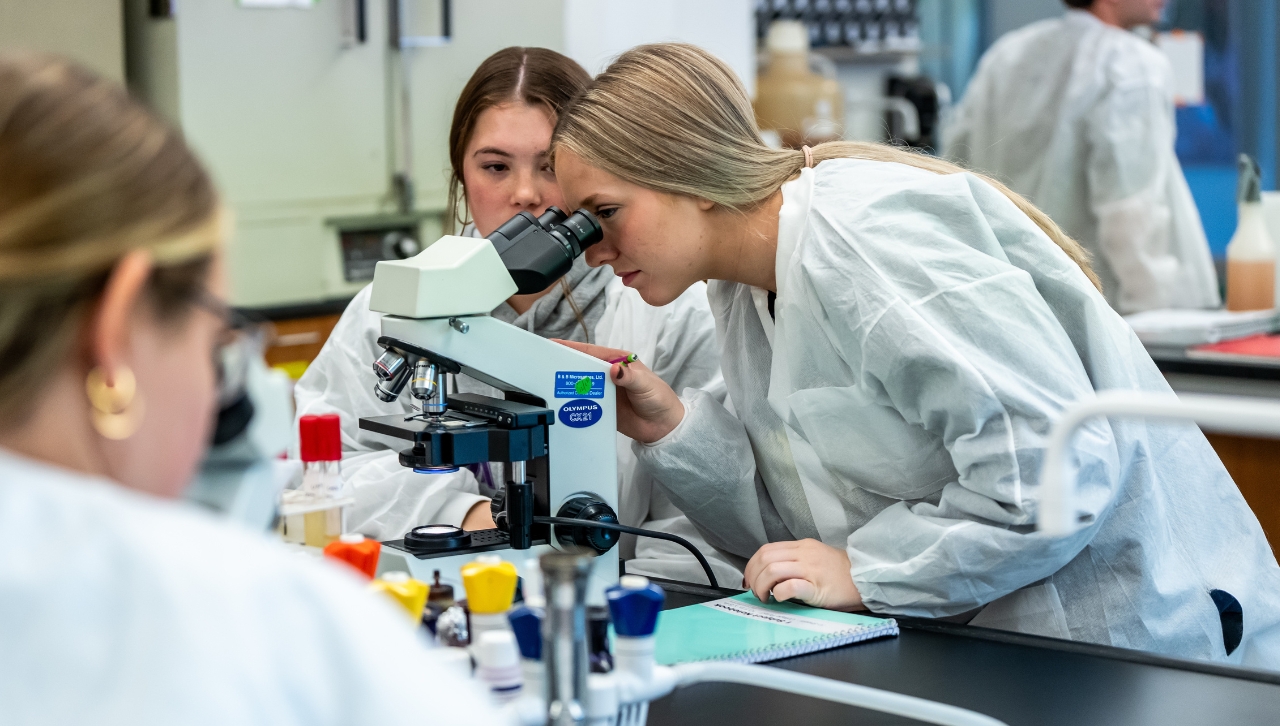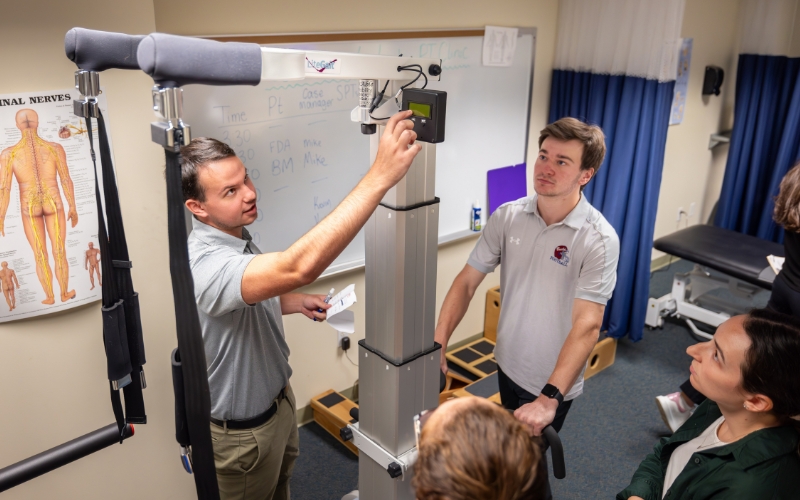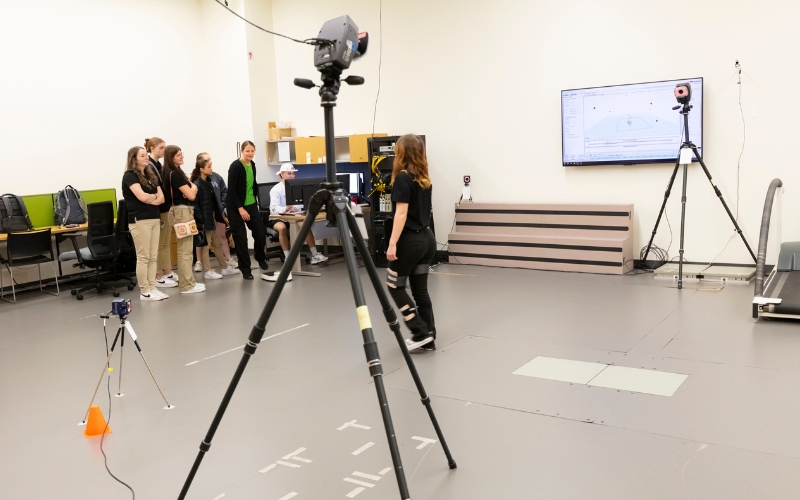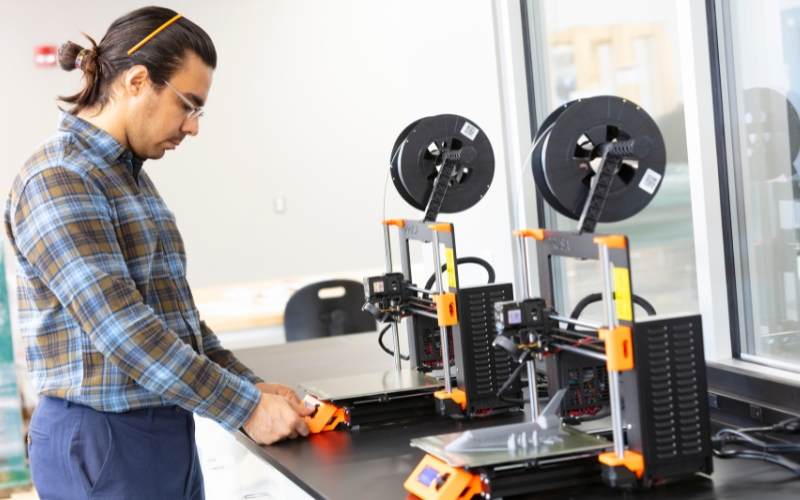Princeton Review: Scranton Among Nation’s Best

The University of Scranton recently received high marks — across multiple categories — from one of the nation’s leading education services companies.
The 2026 edition of the Princeton Review’s Best Colleges, published online Aug. 12, ranked Scranton as No. 21 Most Engaged in Community Service and No. 24 Best Science Lab Facilities. Scranton is one of only four colleges to have earned top-25 rankings in both categories.
Additionally, the University’s Kania School of Management (KSOM) was highlighted earlier this summer in the Princeton Review’s Best Business Schools for 2025 report. KSOM was one of 213 schools selected to the Best On-Campus MBA Programs list. Schools were selected based on data including student surveys, career outcomes, admissions selectivity and academic rigor.
The Best Colleges report also distinguished Scranton as one of the 391 Best Colleges (national), one of 511 Green Colleges and one of the 98 Best Mid-Atlantic Colleges.
“The colleges we profile in our ‘Best Colleges’ book are a truly select group. They constitute only about 15% of America's nearly 2,400 four-year institutions," Rob Franek, editor-in-chief of the Princeton Review and the book’s lead author, said in a press release. “While they vary by locale, type, size and campus culture, each one offers its students an academically outstanding undergraduate education. In our opinion, they are the nation's best undergraduate colleges and ideal choices for students seeking their ‘best-fit’ college.”
Rankings are based on data points including a survey of 170,000 students responding to 98 prompts and questions; among them, how strongly students agree or disagree with the statements “Students are committed to community service” and “How do you rate your school’s science lab facilities?”
University students quoted by the Princeton Review said Scranton emphasizes “well-rounded education” with “discussions, hands-on learning with simulation laboratories and outdoor classes.”
“There are also a number of service-oriented clubs and ‘activities like volunteering at food pantries or helping with educational programs for underserved communities (are) especially meaningful,’” it said.
The most recent Community and Economic Impact Report, produced by the University’s Office of Community Relations, found that University students provided tens of thousands of hours of community service during the 2023-24 academic year. The Center of Service and Social Justice works regularly with 120-plus local nonprofit organizations on projects including food, clothing, gift and blood drives, mentoring and summer camp programs for area youth and other special events.
The University’s Loyola Science Center (LSC), a four-story, state-of-the-art facility with 34 laboratories, is home to the University’s biology, chemistry, physics/electrical engineering, mathematics and computer science departments. Leahy Hall, home to the University’s physical therapy, occupational therapy, kinesiology and other health science programs, includes more than 30 laboratories and traditional and active-learning classrooms, including an Orthopedic and Therapeutic Modalities laboratory, a Rehabilitation and Neurological laboratory and a hospital simulation room. Scranton also has new laboratory spaces for mechanical engineering research, design, development, building and testing.
“We don’t rank colleges based on our opinion of them nor would we crown a school ‘best’ overall,” Franek said. “It is what the students attending the colleges in this book tell us about their experiences at their schools that determines on which lists the schools appear in our book.”









